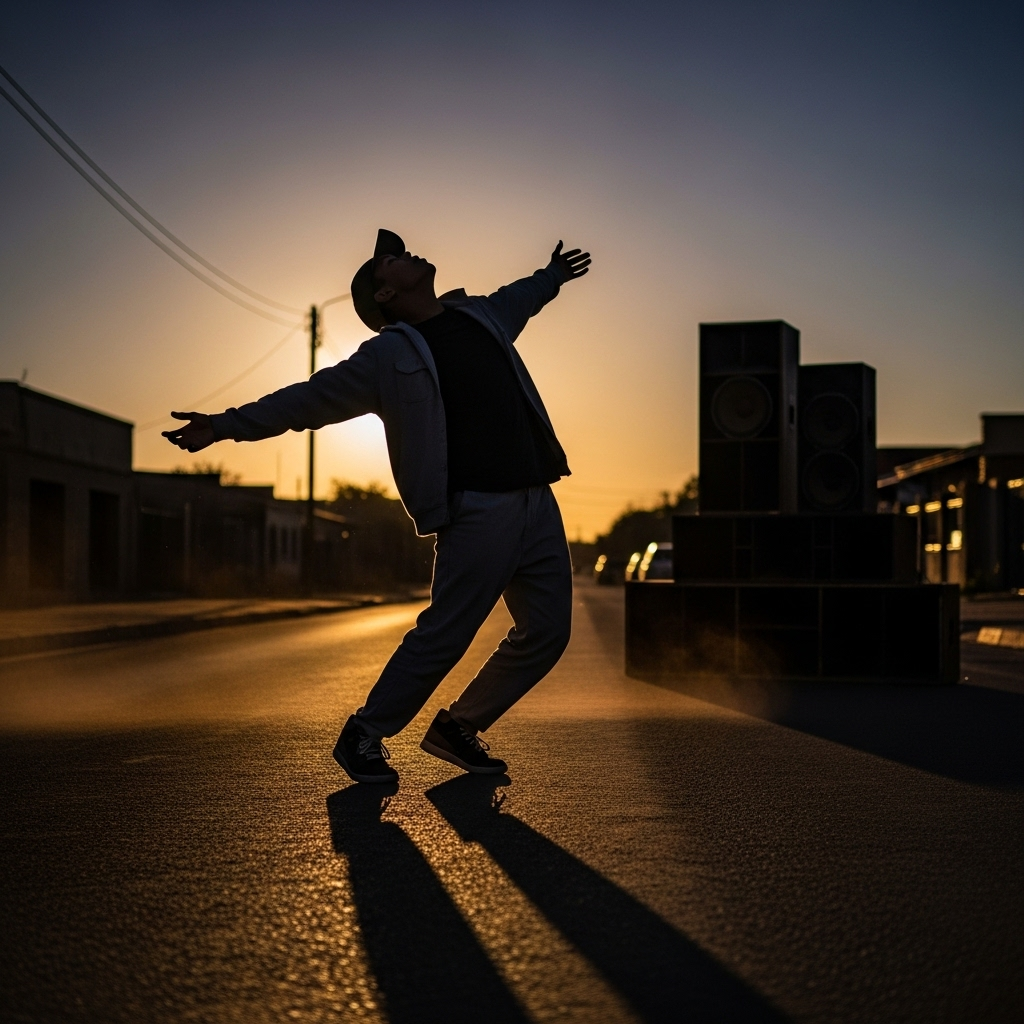
I
They Danced Before the Drop Hit
They didn’t wait. They didn’t hesitate.
The beat hadn’t even dropped — yet they were already dancing. Why?
Because something deeper than sound was moving them. In a world trained to respond to the obvious, these bodies were responding to something else: the shift before the sound. And that’s what makes this moment worth documenting.
The drop used to be everything. It was the payoff. The release. But now, something’s changed. Audiences — especially younger ones — are no longer waiting for the traditional rise-then-explode structure. They’ve started reacting to the invisible tension before the tension even resolves.
This is not a trend. It’s a change in musical behavior.
The Delay Between Instinct and Impact
When someone hears a sound, their brain takes milliseconds to process it. But when they feel something, the body often responds before conscious recognition kicks in. This is where the real groove lives.
Yingisa calls it the “Pre-Drop Frequency.” A zone where emotional anticipation becomes its own rhythm. Think of it as the shadow of the beat — not the beat itself, but the echo of something that hasn’t fully arrived.
And that’s where movement starts.
Internal Sync > External Cues
We’ve entered an era where instinct is more important than structure.
Why wait for a snare or bass cue when your soul already knows what’s coming?
TikTok challenges often prove this. Scroll through dance clips, and you’ll notice: some of the most viral moments happen slightly before the beat lands. Not after. Not during. Before. That half-second delay between what’s felt and what’s heard is no mistake, it’s a reflection of synced bodies trusting rhythm over rules.
Even DJs now manipulate this tension. They tease drops longer, remove kicks, build fake tension, or shift pitch just slightly all to test how far they can stretch the instinct of the listener. The body still knows when to move. The feet still catch the signal.
Yingisa’s Theory of Delay
In one of Yingisa’s unreleased studio sessions, a log drum pattern was intentionally offset by 0.3 seconds a delay almost imperceptible to the ear but noticeable to dancers.
The result?
People still moved on time not to the beat they heard, but to the beat they felt was coming.
This proves one thing: Our bodies are already reprogrammed. Timing is no longer something we follow. It’s something we bend. The new listener doesn’t need instructions they need tension, space, and room to respond on their terms.
So What Happens Next?
Producers will need to stop assuming listeners are waiting for the drop.
Because truthfully, they’re not waiting at all.
They’re already inside it.
And artists? You now have permission to play with silence, use breath as percussion, and test the patience of the room. The more you understand how humans respond before sound arrives, the more powerful your groove becomes.
This is no longer about timing the beat. It’s about timing the feeling.
And yes, they’ll dance before the drop hits. Again. And again.
Internal Link:
Read next: This Beat Doesn’t Care If You’re Ready
External Link:
Referenced: How The Brain Reacts to Anticipated Sound (NIH Study)
